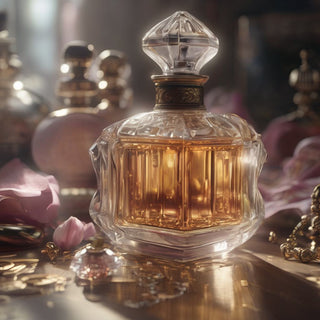Perfumery is an art that has accompanied humanity for many centuries. From ancient civilizations to modern days, fragrances have played a significant role in people's lives, reflecting their culture, customs, and individuality. Let's delve into the fascinating history of perfumery and learn how it has evolved over time.
Ancient World
The history of perfumery began in ancient times when people used fragrances for rituals, religious ceremonies, and personal hygiene. Ancient Egyptians, for example, utilized aromatic oils and resins for embalming and in religious rites. They also created the earliest known perfumes, incorporating ingredients such as frankincense, myrrh, and rose oil.
Middle Ages and Renaissance
During the Middle Ages, perfumery became more prevalent in Europe due to trade links with the East. Arabian and Asian scents became sought after in European society, and in medieval France, perfumers began crafting fragrances based on floral oils and herbs. In the Renaissance period in Italy, perfumery became even more refined, thanks to advancements in aromatic oils and essences.
Industrial Revolution Era
The Industrial Revolution brought about mass production of perfumery. In the 19th century, Paris saw the establishment of the first perfume houses such as Guerlain, Chanel, and Houbigant, which became famous for their unique fragrances and elegant bottles. This period saw the development of many classic scents that remain popular even today.
Modern Era
Today, perfumery has become an integral part of many people's daily lives. There is a vast array of fragrances available, from classical to contemporary, from natural to synthetic. Perfumers continually experiment with new ingredients and technologies, creating unique aromatic compositions that reflect modern tastes and trends.


